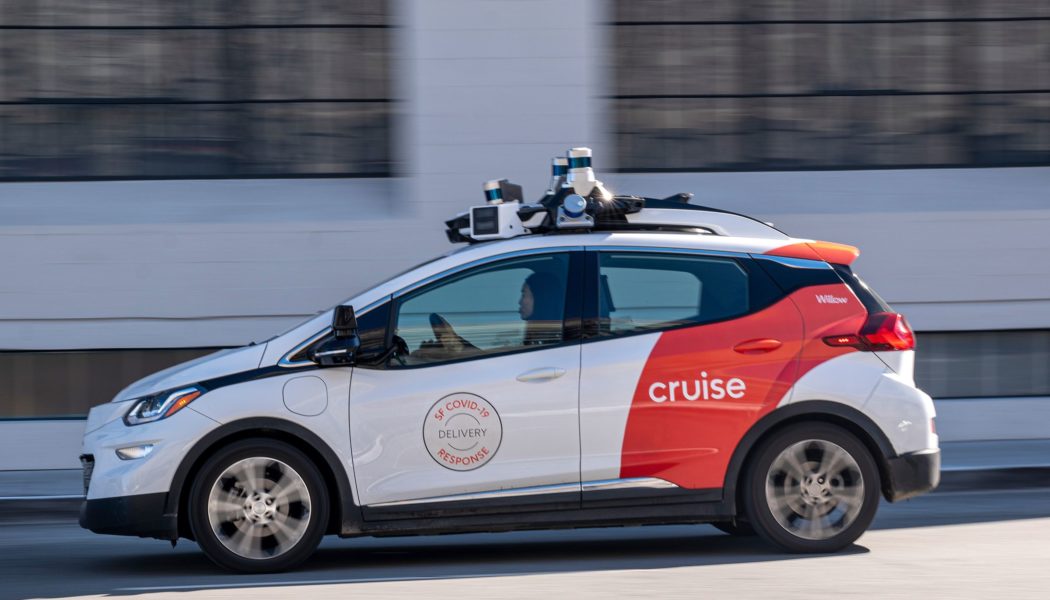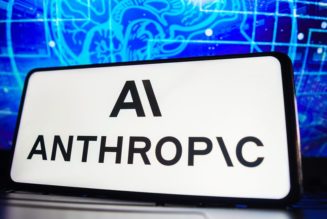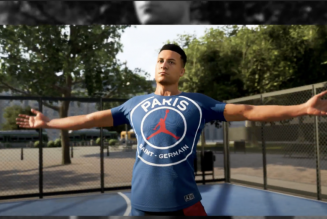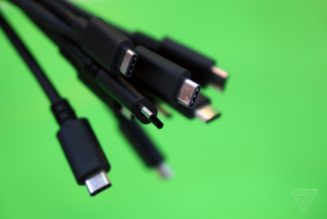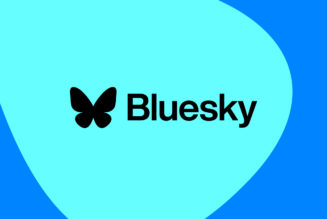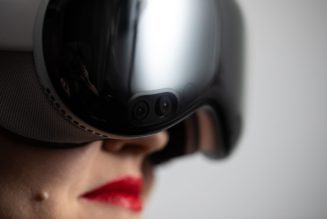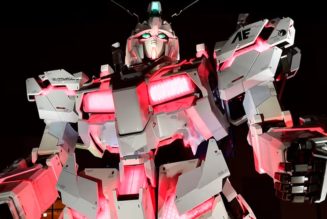Since Cruise and Waymo got permission to operate without drivers on San Francisco streets, the robotaxis have been caught blocking traffic and obstructing emergency vehicles throughout the city.
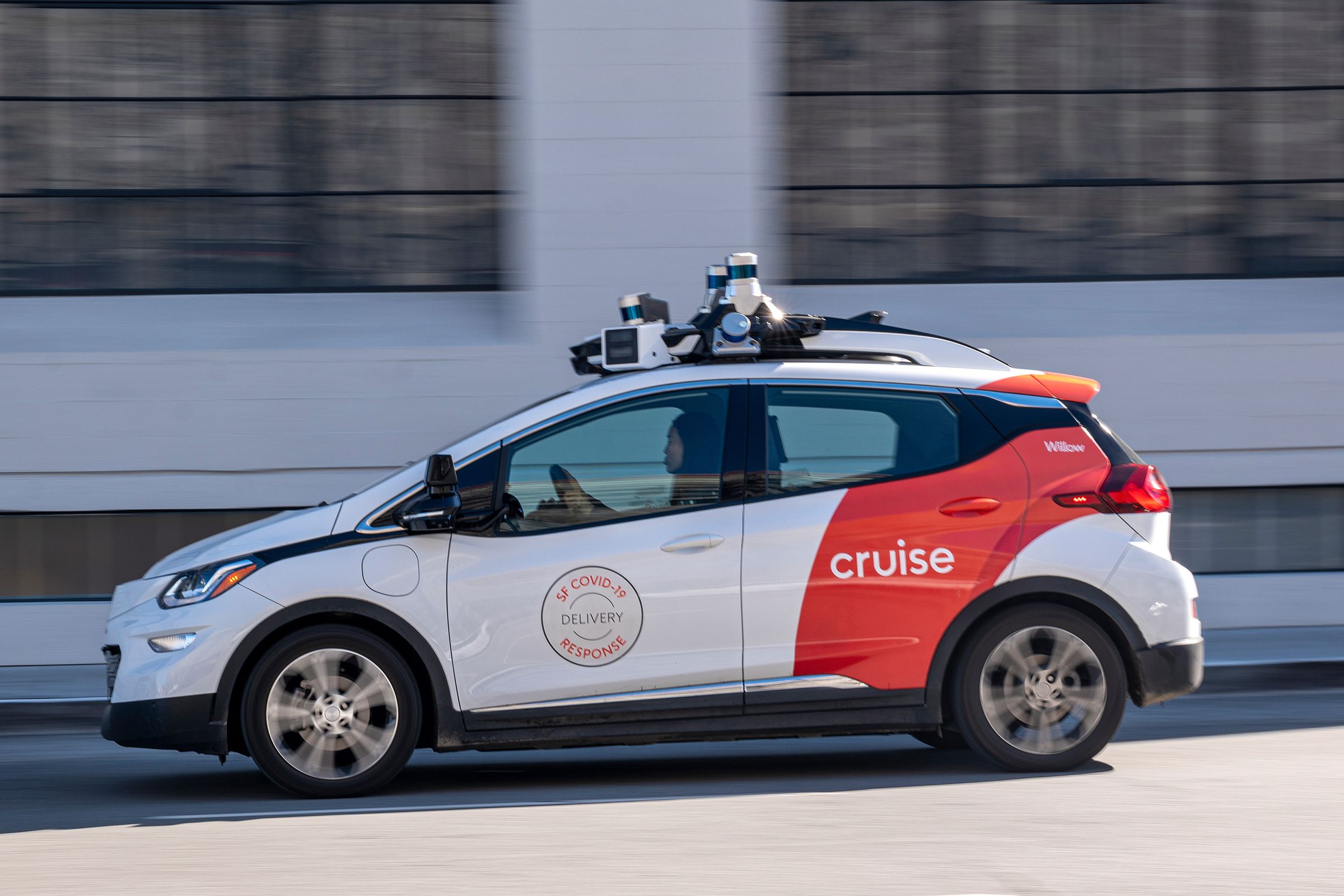
San Francisco transportation officials want Waymo and Cruise to slow the expansion of their robotaxi services in the city due to safety concerns, as reported earlier by NBC News. In two letters written to the California Public Utilities Commission (CPUC), the officials on San Francisco County’s Transportation Authority say the expansion of either service “is unreasonable,” citing recent incidents involving stopped driverless vehicles blocking traffic and obstructing emergency responders.
The GM-backed Cruise and Alphabet-owned Waymo are currently the only companies permitted to offer driverless rides to passengers in San Francisco. In June, Cruise won a permit to charge for rides in its autonomous vehicles (AV) between 10PM and 6AM, while Waymo obtained a permit to offer fully driverless rides a few months later. Unlike Cruise, Waymo still can’t charge for driverless rides, as it’s still awaiting an additional permit from the CPUC.
Now that both companies have had their fully driverless vehicles on San Francisco streets for several months, we’re starting to see the vehicles’ response — or lack thereof — to complex traffic situations.
In July, a group of driverless Cruise vehicles blocked traffic for hours after the cars inexplicably stopped working, and a similar incident occurred in September. Meanwhile, a driverless Waymo vehicle created a traffic jam in San Francisco after it stopped in the middle of an intersection earlier this month. The National Highway Traffic Safety Administration opened an investigation into Cruise last December over concerns about the vehicles blocking traffic and causing rear-end collisions with hard braking.
“A series of limited deployments with incremental expansions — rather than unlimited authorizations — offer the best path toward public confidence in driving automation and industry success in San Francisco and beyond,” the letter reads.
However, city officials also express concern over the way driverless vehicles deal with emergency vehicles. Last April, officials say an autonomous Cruise vehicle stopped in a travel lane and “created an obstruction for a San Francisco Fire Department vehicle on its way to a 3 alarm fire.”
Months later, a Cruise AV “ran over a fire hose that was in use at an active fire scene,” and another Cruise vehicle almost did the same at an active firefighting scene earlier this month. Firefighters say they could only stop the vehicle from running over the hose after “they shattered a front window” of the car. Other incidents involve Cruise calling 911 about “unresponsive” passengers on three separate occasions, only for emergency services to arrive and find that the rider just fell asleep.
“Cruise’s safety record is publicly reported and includes having driven millions of miles in an extremely complex urban environment with zero life-threatening injuries or fatalities,” Cruise spokesperson Aaron Mclear tells The Verge.
While the San Francisco Transportation Authority supports the expansion of driverless technology, it wants more transparency and additional safeguards put in place. Officials say companies should be required to collect more data about the performance of the vehicles, including how often and how long their driverless vehicles block traffic. It also wants to restrict AV companies from operating on San Francisco’s “downtown core streets” during peak travel hours until they prove that they can consistently operate “without significant interruption of street operations and transit services.”
Even still, Cruise is looking to operate its paid robotaxi service in San Francisco 24 / 7. While the company gained approval from the California Department of Motor Vehicles in December, it’s still waiting for the green light from CPUC. Both companies already offer rides in Phoenix, Arizona, and Cruise brought its robotaxi service to Austin, Texas, too.
“These letters are a standard part of the regulatory process, and we have long appreciated a healthy dialogue with city officials and government agencies in California,” Waymo spokesperson Katherine Barna says in a statement to The Verge. “Waymo will have the opportunity to reply in our submission to the CPUC next week.”
